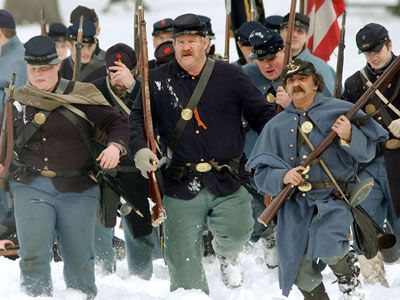Hearing the word "club" may lead you to think about memberships you maintained in your youth, such as a scouting club or intramural sports. Clubs don't have to be for young people, though. One club for adults that captures the spirit of camaraderie found in many youth clubs is Rotary Club.
The Rotary Club is a service-oriented organization. It encourages members to find ways to give back to the club and to the community, internationally and vocationally [source: RI]. One of the unique ways the Rotary Club chooses projects is to see if they will pass the Four-Way Test. This test has been translated into more than 100 languages for Rotary Clubs all over the world. As stated in the Rotary Club's guiding principles, the four-way test is:
Advertisement
- Is it the truth?
- Is it fair to all concerned?
- Will it build goodwill and better friendships?
- Will it be beneficial to all?
The Rotarians take their memberships seriously. Their organization has a constitution, a Rotary Code of Policies and a Manual of Procedure [source: RI]. The club is focused on developing friendships, supporting your community and bettering your world.
In this article, you'll learn about the history of the Rotary Club, national and international Rotary projects, Rotary youth and educational programs, and how you can become a Rotarian. Read on to learn about the history of this service organization.
Advertisement


